BuckleBoy
Platinum Member
- Joined
- Jun 12, 2006
- Messages
- 18,132
- Reaction score
- 9,701
- Golden Thread
- 4
- Location
- Moonlight and Magnolias
- 🥇 Banner finds
- 4
- 🏆 Honorable Mentions:
- 2
- Detector(s) used
- Fisher F75, Whites DualField PI, Fisher 1266-X and Tesoro Silver uMax
- Primary Interest:
- All Treasure Hunting
Hello All,
I found two of these items--flat brass items with two holes for rivets/nails in them. They looked at the time like they would have some sort of stamping on them, but both are plain... The older one has some design and it is cast. It also has a part of an old nail still in one hole of it...
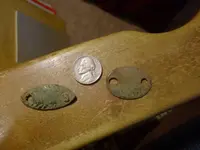
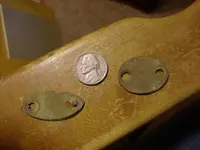
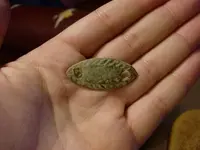
I found this one online that was stamped "CS" from a CW camp--the finder at the site says that it's a "watch fob" but it obviously isn't...and it's the same dimensions as the plain oval one I found (pictured above). I'm not suggesting that these are war related, but I'm just wondering what the heck they are...
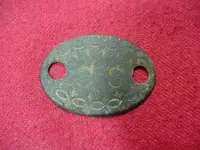
http://www.midtenrelics.com/buttons.htm (See #2, second photo...)
Regards,
Buckleboy
I found two of these items--flat brass items with two holes for rivets/nails in them. They looked at the time like they would have some sort of stamping on them, but both are plain... The older one has some design and it is cast. It also has a part of an old nail still in one hole of it...



I found this one online that was stamped "CS" from a CW camp--the finder at the site says that it's a "watch fob" but it obviously isn't...and it's the same dimensions as the plain oval one I found (pictured above). I'm not suggesting that these are war related, but I'm just wondering what the heck they are...

http://www.midtenrelics.com/buttons.htm (See #2, second photo...)
Regards,
Buckleboy




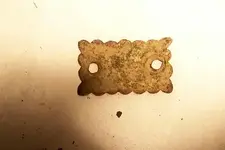
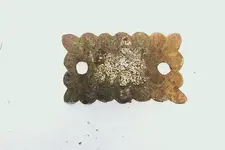
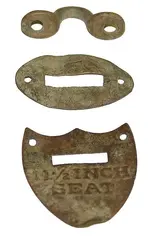
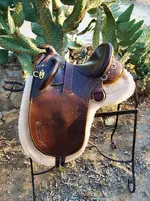

 . I'll try to dig up the part if I can find it.
. I'll try to dig up the part if I can find it. 
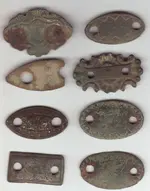
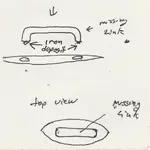
 to me they are either blanking plates for a lock, or they could be brass id plates for someones initials, perhaps on the stock of a gun
to me they are either blanking plates for a lock, or they could be brass id plates for someones initials, perhaps on the stock of a gun 

